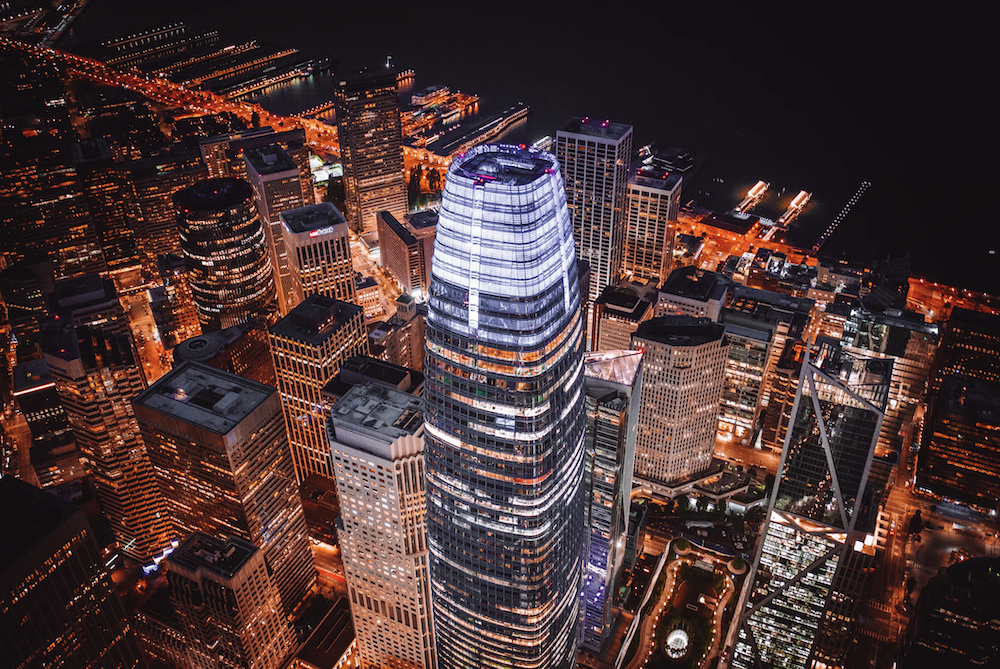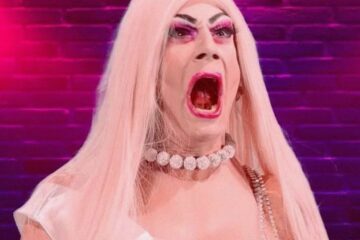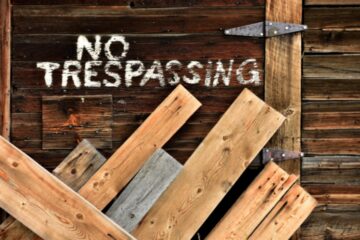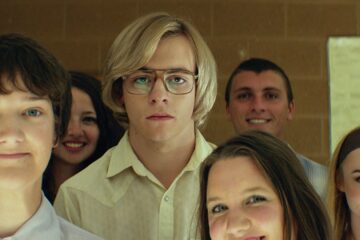San Francisco’s Best and Worst Rebrands
Chicago stubbornly calls their landmark skyscraper Sears Tower, rejecting the Willis name. In Kansas City where I grew up, it’ll always be Sandstone Amphitheater. No matter where you’re from, you no doubt know somewhere/something special that now goes by a shittier name. San Francisco has plenty.
For instance, in an attitude reminiscent of the dated hatred for “Frisco,” plenty of residents condemn the phrase “Karl the fog.” Many claim it infantilizes a natural lifeforce that, thanks to global warming, has shrunk back by thirty percent. Zuckerberg’s acquisition of SF General Hospital pissed off most of the city. It’s SF General, SF Gen, or SFGH, never Zuckerberg.
“Nobody calls it that.” Nobodies call it that.
Calling a legend by a widely disliked name feels bad, worse than saying the right name wrong. Here’s a few ways to avoid this terrible fate.
the “Willie Brown Jr. Bridge”
I didn’t know this about our beloved Grey Lady and I’ll bet you weren’t aware either: the western span of the Bay Bridge has a name. In 2013, state legislators legally renamed the suspension half after former California Assembly Speaker and San Francisco Mayor Willie Brown. Despite reissued freeway signage, the redub hasn’t stuck, absorbed into a history of failed rebrands like Zuckerberg Hospital and Oracle Park. Since 1937, it has been the Bay Bridge, and it’s probably going to stay that way.
“Cesar Chavez Street”
Born-and-raised locals still call it Army Street. Once an ordinary east-west route with its own streetcar line, today’s Cesar Chavez Street runs atop a culverted Precita Creek. It endured a painfully sluggish road-widening process throughout the twentieth century, ironically creating more traffic. At the height of the interstate boom, city planners chose Army Street as the approach to a second bay crossing, connecting Bayview and Alameda Island. The idea made it to the ballots and died every time, lastly in 2000 thanks to Diane Feinstein. The year also marked the final time the street officially ran under both names.
“Dogpatch”
The Dogpatch rose from quarried rock and years of industrial waste. It didn’t belong to any particular neighborhood. Locals had no name for the precarious “made land” at the bottom of Potrero Hill. Up until its late-2000s Brooklynization, they simply called it “the bottom of Potrero Hill.”
Crammed between Interstate 280 and the bay, the Dogpatch is a premium example of a perfectly executed rebrand. “Dog,” the first half of this real-estate ploy, captures that elitist impulse to show off a three-legged rescue. Next, the venue for such displays: an edgy industrial setting, a “rough patch” of town. Of unknown origin, its name has prompted several speculations. Perhaps it was named for a type of dogwood that allegedly grew in the area. Wikipedia, fount of approximate knowledge, says the name came from the many stray dogs drawn to the odorous, now-defunct meatpacking plants.
Every American city has one of these funky little districts. In Portland it’s the Pearl, in Kansas City, the Crossroads—former sites of refuge for artists and junkies alike. The name “Dogpatch” was barely cool enough to contain its pretentiousness, but it worked. It’s still the last successful attempt to rebrand a San Francisco neighborhood, and far from the most recent.
“The East Cut”
It’s Soma. Nice try though.
The “East Cut” is a poorly veiled real-estate cash grab á la Dogpatch. Not-so-subtle insistence on using the name (utility pole banners, condo advertisements, Facebook check-in zones) is met with resistance. It even made it to Google, resulting in a number of folks unintentionally outing themselves as newbies. “How do I get back to the East Cut from here?” should rightly get you booted from the bar.
Unlike with the Dogpatch, the rebrand has not worked out. This part of town already has a name. South-of-Market covers a huge swath of downtown, from the waterfront to Van Ness Avenue. The Central Freeway (Highway 101) and the Bayshore Viaduct, where Interstate 80 begins, constitutes Soma’s southern border.
Soma is a diverse, gritty neighborhood home to queers, techies and the homeless. No amount of soap and censorship will change it, and that’s part of what makes San Francisco special. Whether you own a condo off Howard and Beale or rent a studio near 10th & Folsom, you live in Soma. Beale with it.
Candlestick Park
Candlestick Park emerged from a compromise. Part of which was San Francisco following through on their part of the bargain. Their new home baseball team desired a large state-of-the-art stadium with room for ten thousand parking spots. The other part, a matter of geography; where should the city fulfill their obligation to the Giants? Where else but Bayview, on a rocky spit behind a wind-beaten hill?
The bayside sports complex quickly earned a reputation for its poorly heated, over-exposed seating—something management was quick to capitalize on. Diehard fans remember earning the Croix de Candlestick pin, awarded to those who braved the stadium’s legendary cold winds to stay the extra innings. The pin touted a snow-covered Giants logo with a motto underneath: “Veni, Vidi, Vixi” (“I came, I saw, I survived”).
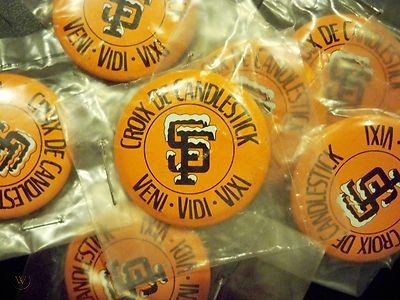
The snow-capped SF Giants logo evoked the frigid temps that befell spectators at Candlestick Park after sundown.
3com Park, Monster Park, Bill Walsh Field. Multiple efforts to rename Candlestick failed. The city had grown attached to its original moniker. Some locals lovingly called it “the Stick.”
Eight years after the stadium’s closure and demolition, San Francisco still calls it Candlestick Park. Exits along Highway 101, some of them new, still brandish the ballpark’s name. I won’t pretend to know or give a damn about most sports, but neither will I pretend the Giants and Candlestick Park are meaningless. Everyone here has their own connection to it. A seismology nerd, I know the bulldozed ballpark from the 1989 World Series, interrupted by the Loma Prieta earthquake. No one can dispute the over-half-a-century of history, legends, and untold memories that Candlestick Park holds. Perhaps that is what CalTrans’ road signs point toward—not a physical space, but a place in time.
Pacbell Park
A more recent stadium namesake abruption. Oracle Park used to be AT&T Park after a brief stint as SBC Park, before which it was called Pacific Bell Park. The Giants moved from Candlestick to Pacific Bell, or Pacbell Park, in 2000. The stadium’s current name has been in place since 2019. Nonetheless, whenever somebody mentions a game at “the Oracle,” I think it’s the one in Oakland.
The Valencia Room
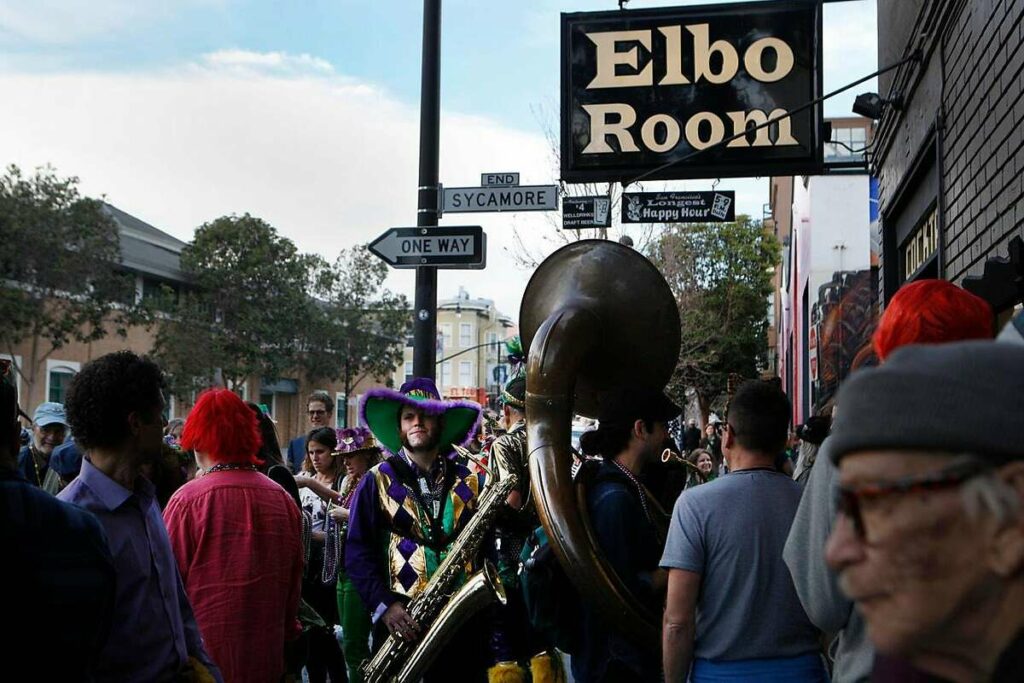
“Sometimes dead is better. The Hipsters knew that. They stopped using that boneyard when the ground went sour.”
If you close a neighborhood staple to build luxury housing, what curse do you leave behind?
The Valencia Room is what happens when you Pet Sematary your favorite Mission bar. Sure there’s an Elbo Room facsimile in Oakland, but even that took the place of Night Light, another beloved dive. The Elbo Room closed in December 2018. In its place, an uncanny substitute; the Valencia Room falls short in mimicking its predecessor precisely by overdoing it. It wants to be a Soma club without being in Soma. Much of San Francisco is waiting for it to realize its own redundancy.
Which bygone SF icon do you miss most?





